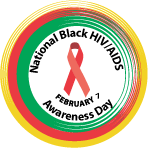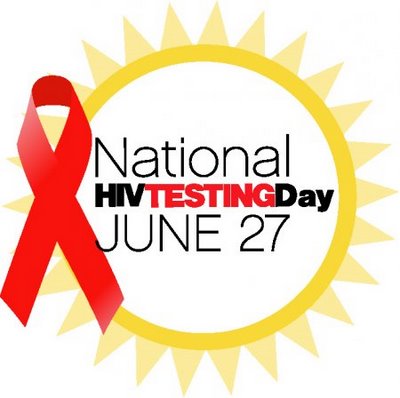Events
|
Southern University HIV/AIDS Prevention Program Home Workshops Partners Peer Educators Events Contact FAQ's |
| National Observances |
 |
National Black HIV/AIDS Awareness Day (NBHAAD) , a national HIV testing and treatment community mobilization initiative targeted at Blacks in the United States and the Diaspora. There are four specific focal points: education, testing, involvement, and treatment. Educationally, the focus is to get Blacks educated about the basics of HIV/AIDS in their local communities. Testing is at the core of this initiative, as it is hoped that Blacks will mark February 7th of every year as their annual or biannual day to get tested for HIV. This is vital for those who are sexually active and those at high risk of contracting HIV. Involvement: When it comes to community and organization leadership, getting Blacks involved to serve is another key focus. We need Black People from all walks of life, economic classes, literacy levels, shades and tones as well as communities (large and small) to get connected to the work happening on the ground in their local areas. Treatment: And lastly, for those living with HIV or newly testing positive for the virus, getting them connected to treatment and care services becomes paramount. We have learned that you can't lead Black people towards HIV/AIDS education, prevention, testing, leadership or treatment unless you love them. And, we can't save Black people from an epidemic unless we serve Black people. |
 |
National Women and Girls HIV/AIDS Awareness Day (NWGHAAD) is observed on March 10 each year. It is a nationwide observance that encourages people to take action in the fight against HIV/AIDS and raise awareness of its impact on women and girls. NWGHAAD was started in 2004 by the Office on Women's Health to "help organizations across the country come together to offer support, encourage discussion, and teach women and girls about prevention of HIV, the importance getting tested for HIV, and how to live with and manage HIV/AIDS." HIV/AIDS is a serious public health issue affecting nearly 280,000 women in the United States. While men account for most HIV/AIDS cases, the impact on women is growing. In addition, research shows that women face greater gaps in access to care than men do. |
 |
National HIV Testing Day (NHTD) is an annual campaign coordinated by the National Association of People with AIDS to encourage people of all ages to "Take the Test, Take Control." Too many people don't know they have HIV. In the United States, nearly 1.2 million people are living with HIV, and almost one in five don't know they are infected. Currently, one third of people with HIV are diagnosed so long after they acquire their infection that they develop AIDS within one year. These individuals will be sicker, die sooner, and have infected more of their partners than they would have if they had been tested earlier. Getting tested is the first step to finding out if you have HIV. If you have HIV, getting medical care and taking medicines regularly helps you live a longer, healthier life and also lowers the chances of passing HIV on to others. |
 |
World AIDS Day (WAD), observed on 1 December every year, is dedicated to raising awareness of the AIDS pandemic caused by the spread of HIV infection. Government and health officials observe the day, often with speeches or forums on the AIDS topics. Since 1995, the President of the United States has made an official proclamation on World AIDS Day each year. Governments of other nations have followed suit and issued similar announcements concerning the pandemic. AIDS has killed more than 30 million people between 1981 and 2011, and an estimated 34 million people worldwide live with HIV as of 2011, making it one of the most destructive epidemics in recorded history. Despite recent, improved access to antiretroviral treatment and care in many regions of the world, the AIDS epidemic claimed an estimated 2 million lives in 2011 of which about 230,000 were children. |
